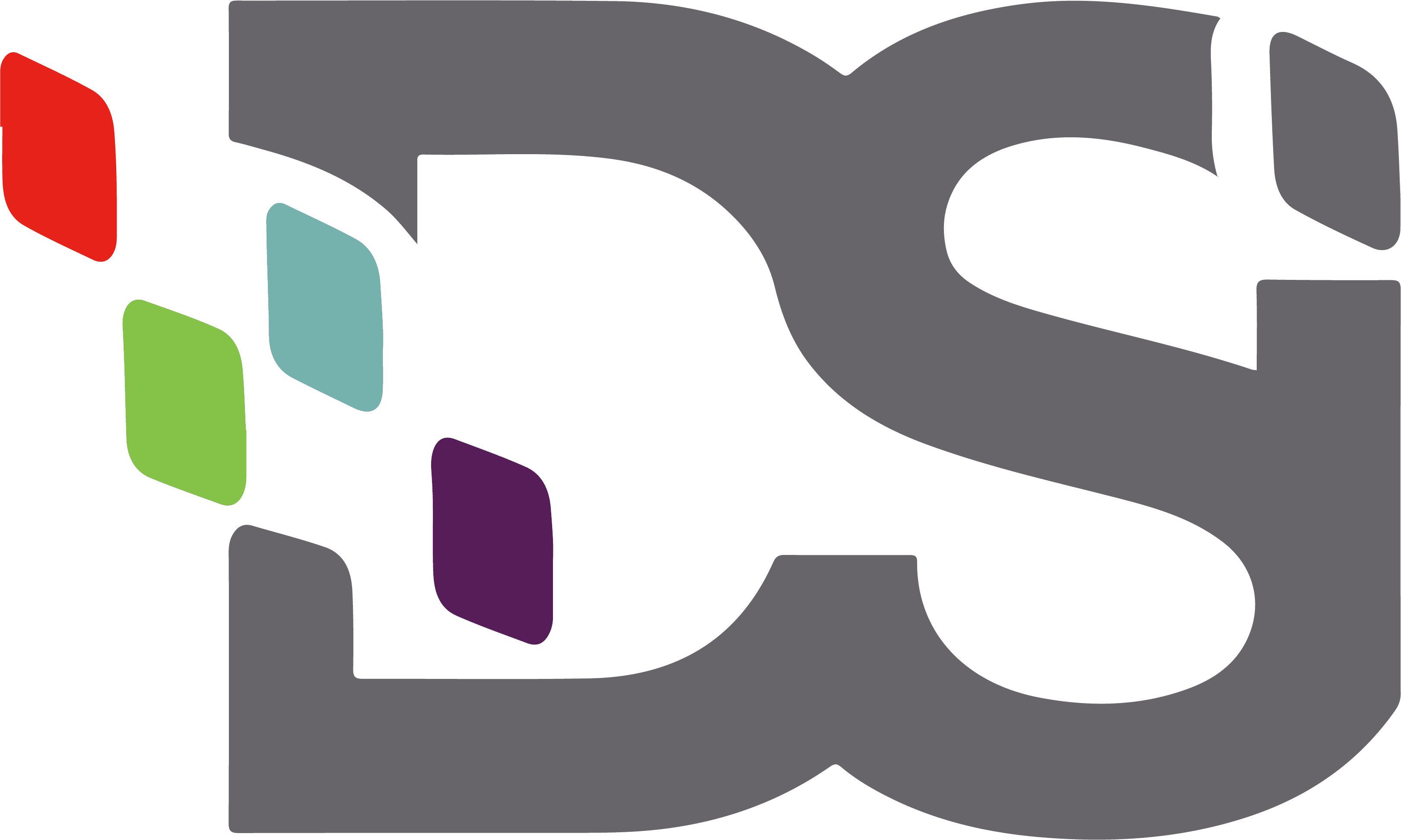Securing technology grants for schools is a pivotal step in enhancing educational experiences through advanced audio-visual (AV) technology. These grants provide essential funding to help schools invest in innovative tools that foster engaging and effective learning environments.
At Document Solutions Inc. (DSI), we are committed to providing audio and visual solutions in New Mexico and assisting educational institutions in navigating the complex landscape of obtaining technology grants.
Here’s how you can secure the funding needed for your school’s AV projects.
Navigating the Application Process: How to Secure Education Technology Grants
The process of securing education technology grants can be challenging but immensely rewarding. Understanding the steps involved in the application process is crucial for success. Here’s a step-by-step guide to help you get started:
- Identify Your Needs: Clearly define what technology upgrades your school requires. Whether it’s interactive whiteboards, new computer systems, or enhanced audio-visual equipment, having a precise understanding of your needs will guide your grant search and application.
- Research Available Grants: Look for grants specifically geared towards education technology. Websites like Grants.gov and the Department of Education are excellent resources. Additionally, private foundations and corporate sponsors often offer technology grants for educational institutions.
- Check Eligibility Requirements: Ensure that your school or project meets the eligibility criteria for each grant. These criteria can include the type of institution, geographic location, and specific project goals.
- Prepare Documentation: Gather necessary documents such as your school’s budget, project plans, and letters of support. Having these ready will streamline the application process.
- Follow Application Guidelines: Adhere strictly to the guidelines provided for each grant application. This includes format, deadlines, and required materials.
- Submit a Strong Proposal: Write a compelling proposal that clearly outlines your project, its objectives, and the impact it will have on your students and community. Be sure to highlight how the grant will be used effectively to meet your goals.
Navigating the application process for technology grants for schools can be straightforward with careful planning and attention to detail.
Exploring Available Funding: Types of Technology Grants for Educational Institutions
Various types of grants are available to support technology integration in schools. Understanding these options can help you identify the best funding sources for your AV projects:
- Federal Grants: These are typically awarded by government agencies such as the U.S. Department of Education. They often focus on broad educational improvements, including technology upgrades. Examples include the Education Technology State Grants and the Rural and Low-Income School Program.
- State Grants: Many states offer grants specifically for schools within their jurisdiction. These can be a great resource for funding technology initiatives. Check your state’s education department for opportunities.
- Private Foundation Grants: Numerous private foundations provide grants to support education technology. Organizations like the Bill & Melinda Gates Foundation and the Michael & Susan Dell Foundation are known for their generous support of educational initiatives.
- Corporate Sponsorships: Many corporations, particularly those in the technology sector, offer grants or sponsorships to schools. Companies like Google, Microsoft, and Apple frequently have programs that provide funding or equipment to educational institutions.
- Local Community Grants: Local businesses and community organizations often provide smaller grants to support schools in their area. These can be particularly useful for specific projects or to supplement larger grants.
Exploring these different types of grants for educational institutions can open up various avenues for funding your technology projects.
How to Write a Proposal for Funding
Writing a strong proposal is crucial to securing technology grants for schools. A well-crafted proposal not only communicates your needs but also convinces funders of the value and impact of your project. Here are key elements to include:
- Executive Summary: Provide a concise overview of your project, including its goals, the technology needed, and the expected outcomes.
- Statement of Need: Clearly articulate why the project is necessary. Use data and specific examples to support your case. Explain how the new technology will address current challenges and enhance the learning environment.
- Project Description: Detail the scope of the project, including what technology will be purchased, how it will be implemented, and who will benefit. Include a timeline and key milestones.
- Budget Justification: Break down the costs associated with the project and explain how the grant funds will be allocated. Ensure your budget is realistic and aligns with the objectives of the project.
- Evaluation Plan: Describe how you will measure the success of the project. This could include metrics for student engagement, learning outcomes, or technology usage.
- Sustainability: Explain how the project will be sustained after the grant period ends. This could involve plans for ongoing maintenance, staff training, or additional funding sources.
- Letters of Support: Include letters from stakeholders such as teachers, administrators, or community members who endorse the project and its benefits.
Knowing how to write a proposal for funding is essential for articulating your project’s value and securing the necessary resources.
Our team is dedicated to helping educational institutions with office technology IT services in New Mexico, navigating the funding process and achieving their technology goals. Unlock government funds for your school’s A/V upgrade! Contact DSI now.

Jocelyn Gorman, the Executive Vice President of DSI, possesses a deep understanding of the unique requirements of growing businesses. With over a decade of experience collaborating with clients across various industries, she closely collaborates with her Sales Team to develop and implement tailored technology solutions. These solutions aim to enhance office productivity and minimize operational costs. Her remarkable ability to effectively address business challenges has garnered recognition from prestigious publications such as the Cannata Report and Family Business Magazine.

